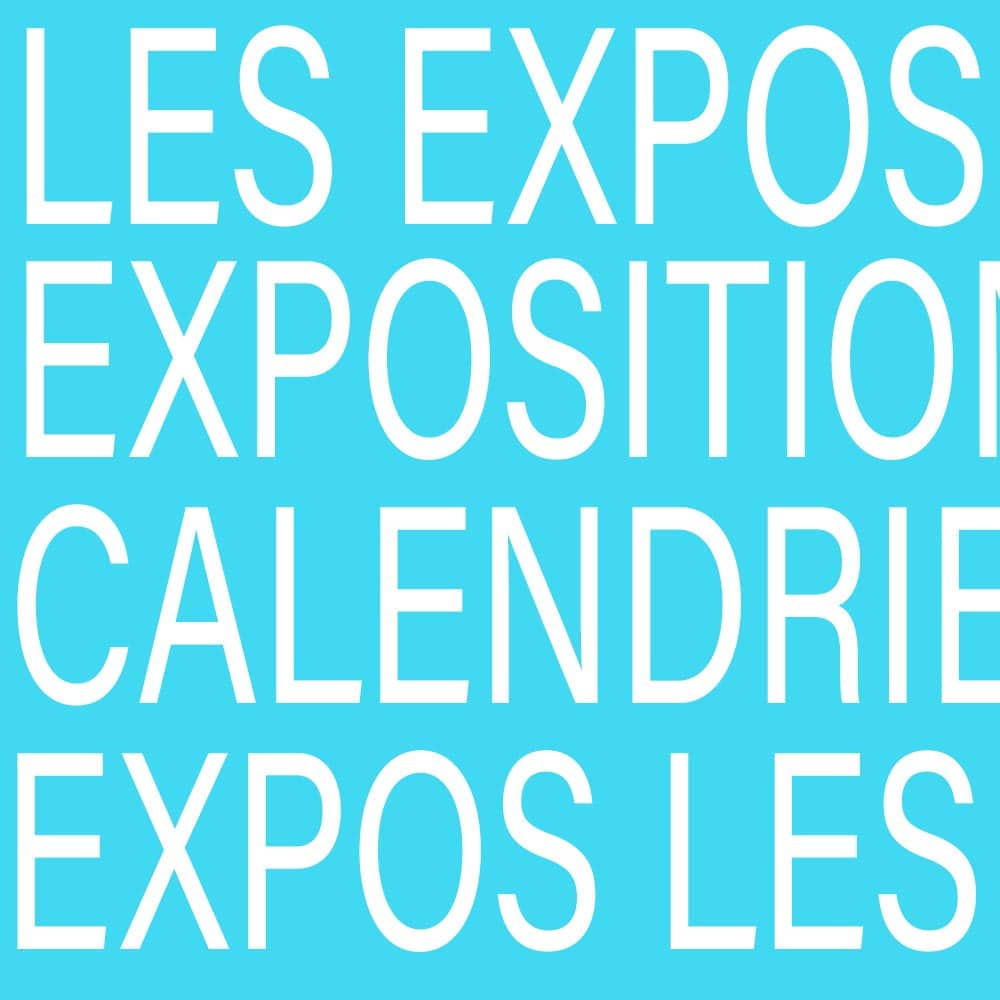
Color psychology is based on the mental and emotional impact of colors on sighted people in all areas of life. Some aspects of color psychology are very subjective while others are more recognized and established. Keep in mind that interpretation, meaning and perception can also be subject to cultural variations.
Apply color psychology to your daily life
Did you know that your environment can influence your emotions and state of mind? Do you ever notice that some places make you particularly irritated? Or that other places are particularly relaxing and soothing? Well, chances are the colors of these places play a role.
In art therapy, colour is often associated with a person’s emotions. Color can also influence a person’s mental or physical state. For example, studies have shown that the red colour causes an increase in heart rate in some people, which in turn causes an adrenaline rush. You can learn more about how color therapy works and how light and color can affect us.
Some psychological effects are also frequently classified according to two main categories of colours: warm and cold colours. Warm colours – such as red, yellow and orange – can evoke a variety of emotions ranging from comfort and warmth to hostility and anger. Cold colours – such as green, blue and purple – often evoke a sense of calm or sadness.

The concepts of colour psychology can also be applied in everyday life. For example, you may be considering repainting your walls or redecorating a house or room with new colours. So perhaps you should consider some of the following suggestions for colour and how they might affect your emotions and mood :
Psychological effects of cold colours :
Do you want to be creative? Do you want to stimulate the synapses in your brain? Try the purple color. Purple is a mixture of red and blue that provides a beautiful balance between stimulation and serenity, supposed to encourage creativity. Purple would create a peaceful environment, and thus relieve tensions. These colours could be perfect for a home or workplace.
Do you want a quiet and peaceful environment? Then think of green and/or blue. These cold colours are generally considered relaxing. This is actually based on scientific logic – the eye fixing the green color directly on the retina, it would require less effort from the eye muscles.

Blue is recommended for rooms with a large number of people or rooms where you and others will spend a lot of time. Another cold colour, blue is a typically soothing and serene colour, which would slow down breathing and lower blood pressure. The room is a particularly recommended place for these colours because they should help you to relax.
Psychological effects of warm colours :
Do you want to create a stimulating environment or stimulate people’s appetite? Think of the yellow and orange colours. These colours are often associated with food and cause stomach rumbles.
However, you should be careful when using bright colours such as orange and especially yellow. They reflect more light and overload the eyes, which can cause irritation.
Colour is systematically used to whet people’s appetites, associate a positive or negative tone, encourage confidence or a feeling of calm, stimulate energy and in many other ways.

Psychological effects of colours :
Some shades or tones can give rise to very different meanings. In addition, the context in which the colour is found, and even the surrounding colours, can have an impact. Simply consider the following as an introductory guide to colour psychology.
- purity
- innocence
- cleanliness
- feeling of space
- neutrality
- bereavement (in some cultures/societies)
- authority
- power
- strength
- pain
- intelligence
- slimming
- death or bereavement
- neutral
- timeless
- convenient
- sweetheart
- romance
- kindness
- warmth
- comfort
- energy
- excitement
- intensity
- life
- blood
- joyful
- vigorous
- excitement
- enthusiasm
- warmth
- wealth prosperity
- sophistication
- changeover
- stimulation
- happiness
- laugh
- joyful
- warmth
- optimism
- hunger
- intensity
- frustration
- anger
- draws attention
- natural
- cold
- growth
- money
- healthiness
- desire
- tranquility
- harmony
- calm
- fertility
- calm
- serenity
- cold
- indifference
- wisdom
- loyalty
- truth
- concentration
- appetite suppressant
- royalty
- richness
- sophistication
- wisdom
- exotic
- spiritual
- prosperity
- respect
- mystery
- reliability
- stability
- friendship
- sadness
- warmth
- comfort
- security
- natural
- organic
- bereavement (in some cultures/societies)


Leave a Reply
Want to join the discussion?Feel free to contribute!